

(站)
车站
a place or building where we can get on or off a train or bus
A station is a location where public transportation vehicles, like buses, trains, or subways, stop to pick up or drop off passengers. It is usually equipped with facilities such as waiting areas, ticket counters, and signs indicating schedules and routes. Stations can vary in size from small, simple stops to large, complex buildings that serve as major transportation centers. They are important points in the transportation network, helping people transfer between different routes or modes of transport and making travel more convenient.
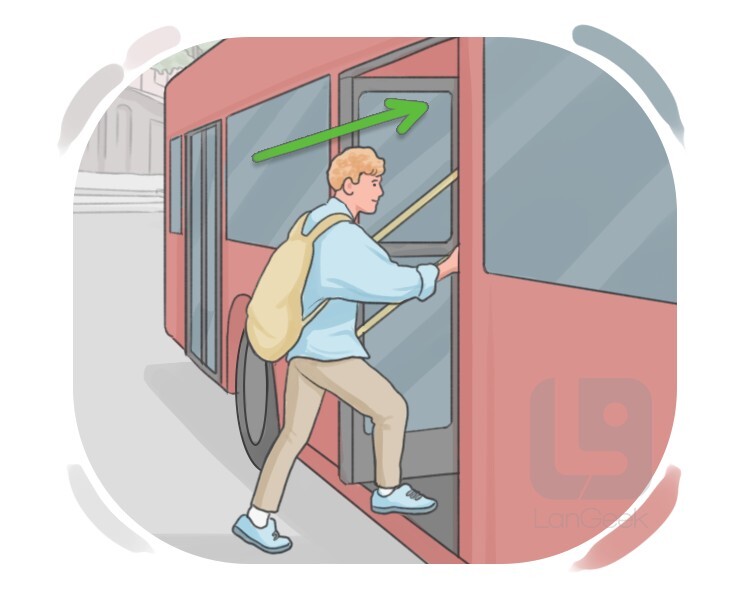

(使用)
乘坐
to use a particular route or means of transport in order to go somewhere
语法信息:


(使用)
乘坐
to use a taxi, bus, train, plane, etc. for transportation
语法信息:

( 客车)
车厢
a railcar where passengers ride
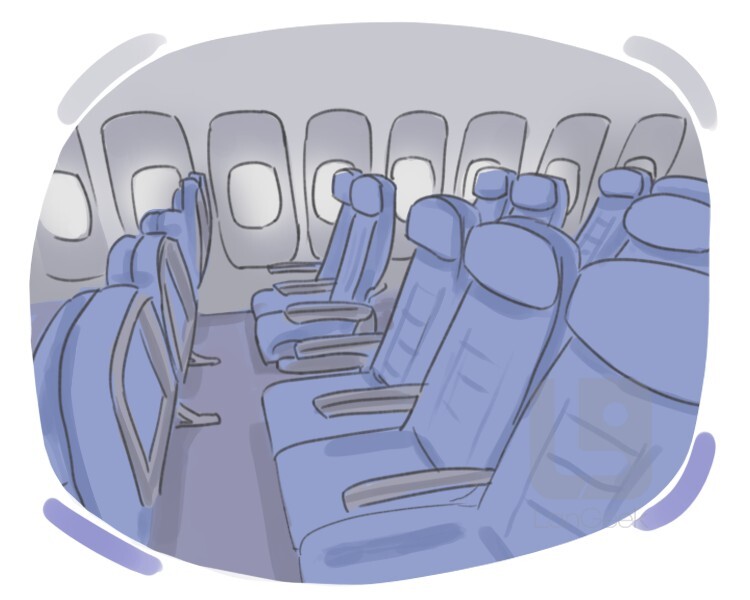

( 席位)
座位
a place in a plane, train, theater, etc. that is designed for people to sit on, particularly one requiring a ticket


(没赶上)
错过
to fail to catch a bus, airplane, etc.
语法信息:
![to [wait] for {sb/sth}](https://cdn.langeek.co/photo/61300/original/?type=jpeg)

N/A
to remain in a state of expectation or anticipation for something or someone
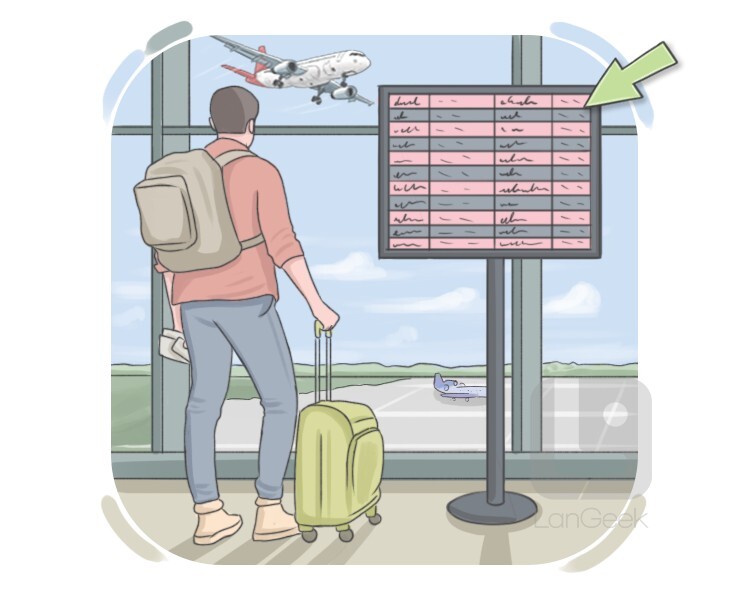

(时刻表)
时间表
a list or chart that shows the departure and arrival times of trains, buses, airplanes, etc.
A timetable is a list that shows the times when public transportation services, such as buses, trains, or flights, are expected to arrive or depart. It includes the start and end times of each trip along with any stops along the way. Timetables help passengers plan their journeys by showing when to expect a vehicle and how long the trip might take. They are usually available at stations, online, or on transportation apps to make it easier for people to travel at the right times.


(旅行)
旅程
the act of travelling between two or more places, especially when there is a long distance between them


(车费)
票价
the amount of money we pay to travel with a bus, taxi, plane, etc.
A fare is the fee paid for a service, especially for transportation, such as buses, trains, or taxis. It can also apply to fees for things like ridesharing services or ferry rides. The amount of a fare often depends on factors like distance, time, or type of service. The purpose of a fare is to cover the cost of providing the service, helping to maintain and operate transportation systems and ensure they are accessible to users.
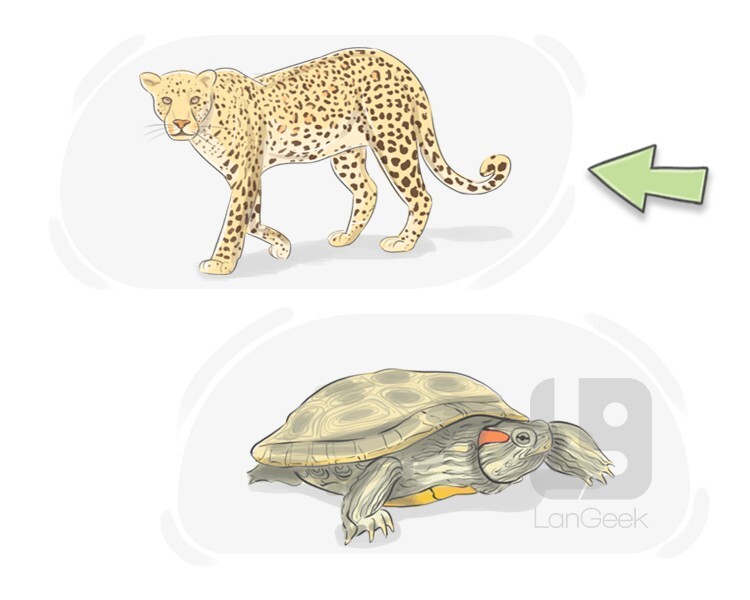

(迅速的)
快的
having a high speed when doing something, especially moving
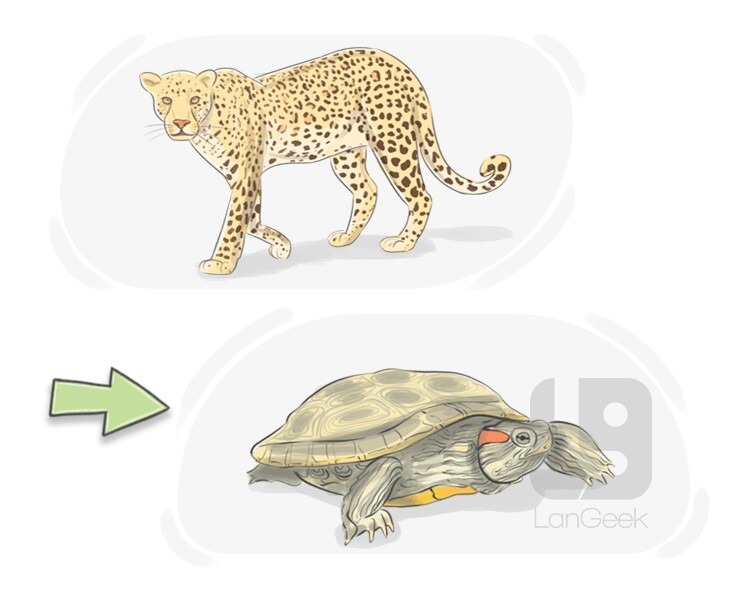

(缓慢)
慢
moving, happening, or being done at a speed that is low
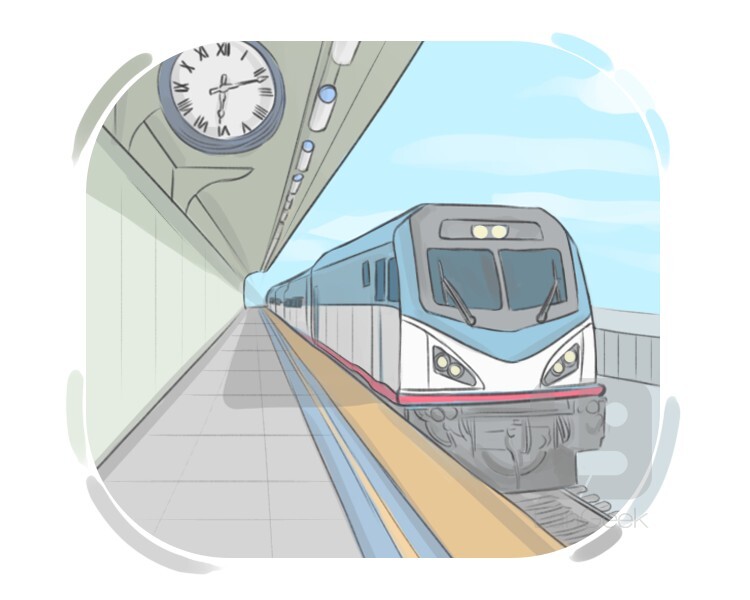

(列车)
火车
a series of connected carriages that travel on a railroad, often pulled by a locomotive
A train is a type of vehicle that runs on tracks, used for transporting people or goods over long distances. It consists of a series of connected carriages or wagons, which are pulled or pushed by a locomotive, a powerful engine designed to move the train. Trains are powered by various energy sources, including electricity or diesel engines. They are an efficient way to travel, especially for long distances, and are commonly used in many countries for both local and international travel. Trains offer a smooth ride, and their fixed tracks help avoid traffic, making them a reliable form of transportation.
语法信息:
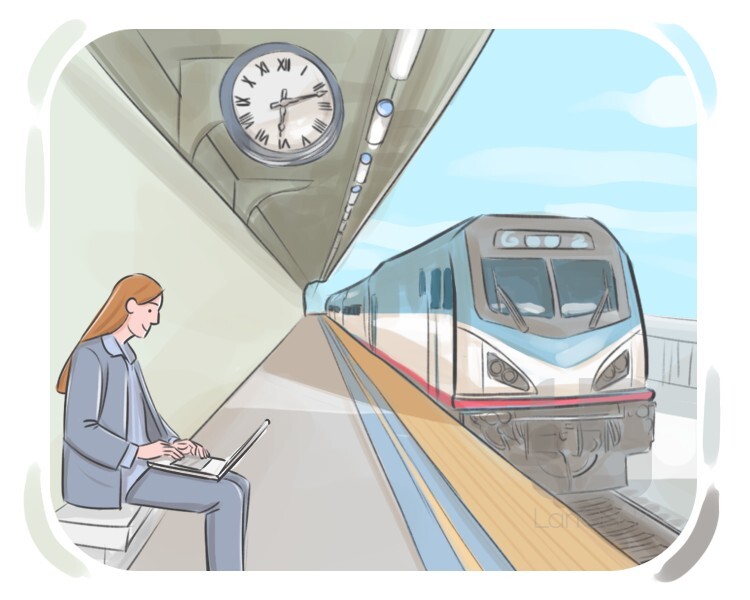

(车站)
火车站
a place designed for goods or passengers to get on or off trains
语法信息:


(列车站)
火车站
a place where trains regularly stop for passengers to get on and off
A train station is a location where trains stop to pick up and drop off passengers or goods. It typically includes platforms where people wait for trains, along with facilities like ticket counters, waiting rooms, and sometimes shops or restaurants. Train stations can vary in size from small local stops to large, busy centers that serve long-distance or multiple train lines. They are essential for organizing and managing rail transport, providing passengers with a safe and convenient place to board, get off, or transfer to other trains.
语法信息:


(最终的)
最后的
being the final one in a sequence


(最近)
上次
used to refer to the most recent time at which an event occurred
语法信息:
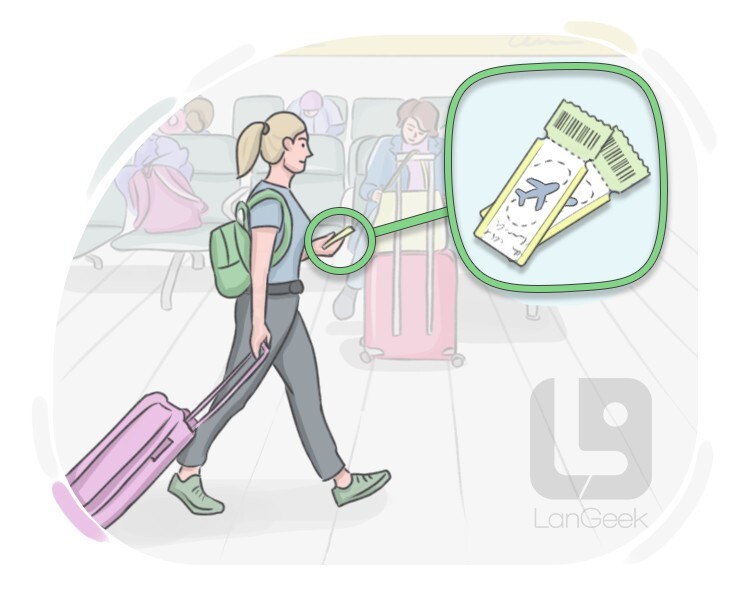

(门票)
票
a piece of paper or card that shows you can do or get something, like ride on a bus or attend an event
A ticket is a small paper or electronic pass that allows a person to travel on a bus, train, or other forms of public transportation, or to attend an event, such as a concert or sports game. It shows that the person has paid the required amount for entry or travel. Tickets often include details like the date, time, and location, and they help organizers or transportation services keep track of who is traveling or attending. Passengers or attendees are usually required to show their ticket before entering or boarding.
语法信息:


(旅客)
乘客
someone traveling in a vehicle, aircraft, ship, etc. who is not the pilot, driver, or a crew member
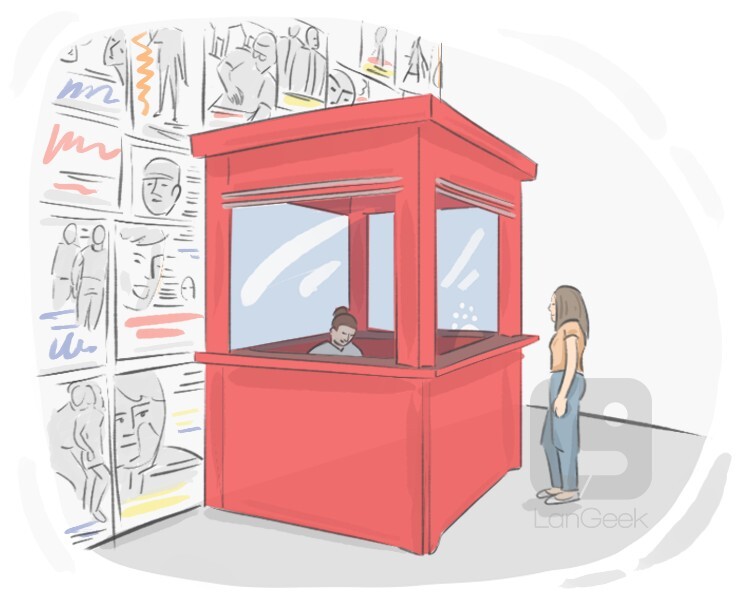

(票务中心)
售票处
a physical location, usually at a transportation station or venue, where tickets for transportation services or events are sold or issued
A ticket office is a place where passengers can buy tickets for public transportation, such as buses, trains, or flights. It is usually located at stations or terminals, and staff are available to assist with purchasing tickets, providing information, or answering questions. Ticket offices may offer tickets for different routes, times, or types of travel, and they help ensure passengers pay the correct amount to board transportation. Some ticket offices also allow passengers to make reservations or buy passes for frequent travel.
语法信息:
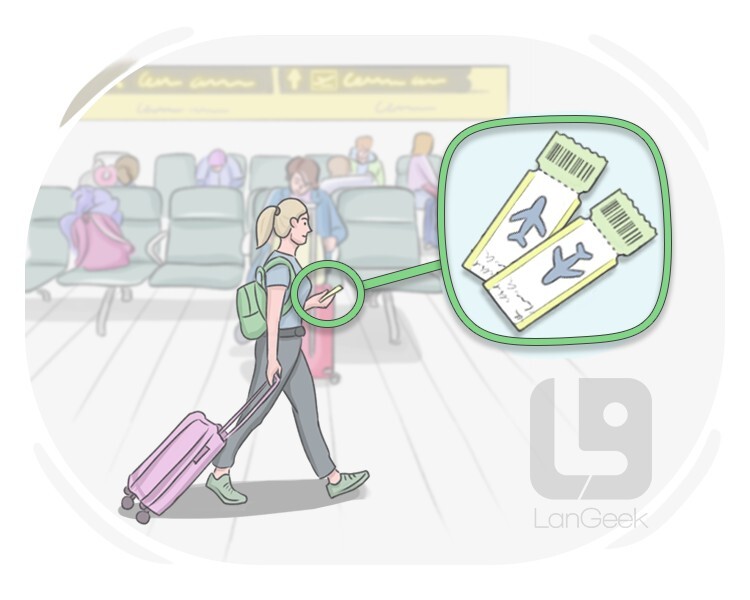

往返票
a ticket for a journey from one place to another and back again
语法信息:
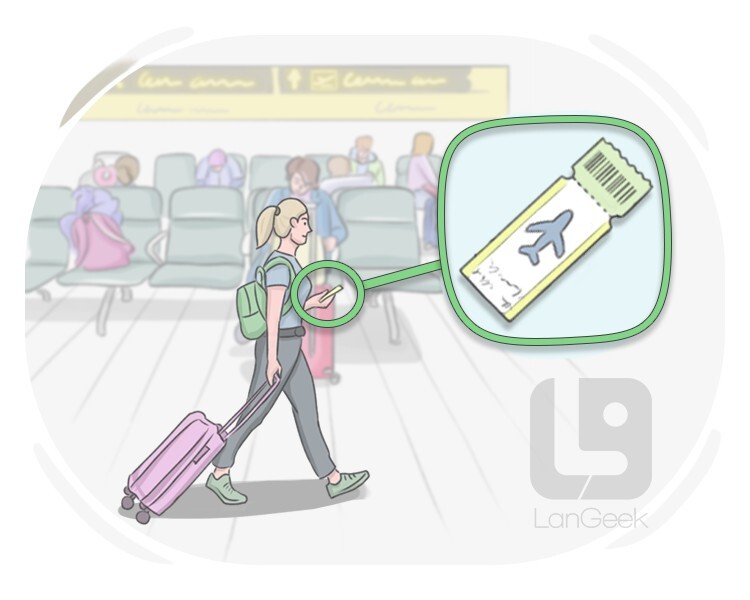

(单人票)
单程票
a ticket used for a one-way journey or admission, often intended for one person only


(接下来的)
下一个
coming immediately after a person or thing in time, place, or rank
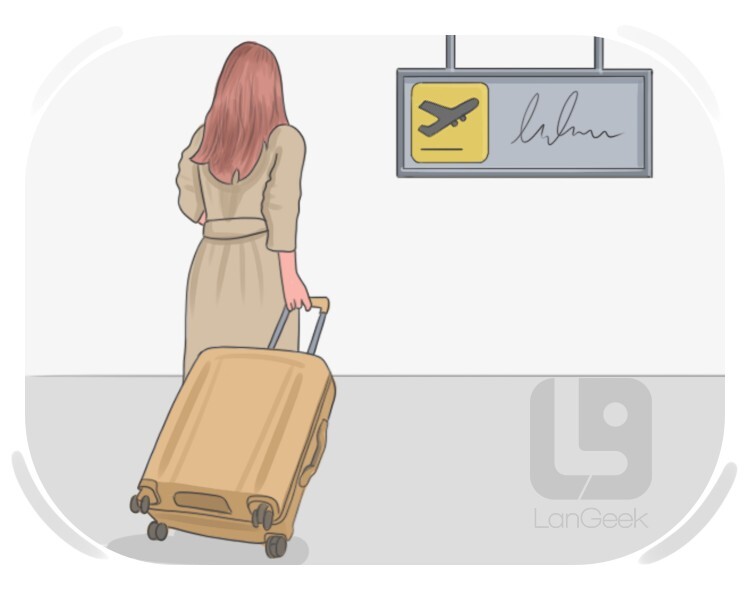

(走)
离开
to go away from somewhere
语法信息:

(抵达)
到达
to reach a specific place
语法信息:
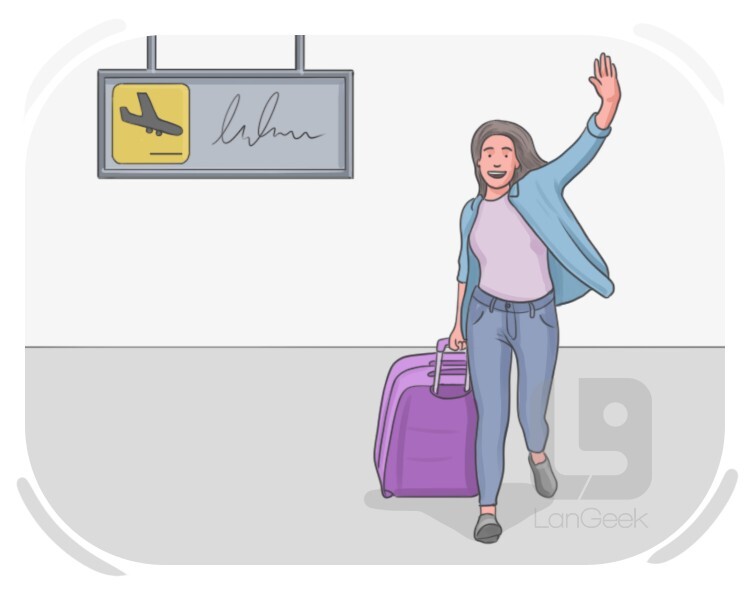

(抵达)
到达
to reach a location, particularly as an end to a journey
语法信息:
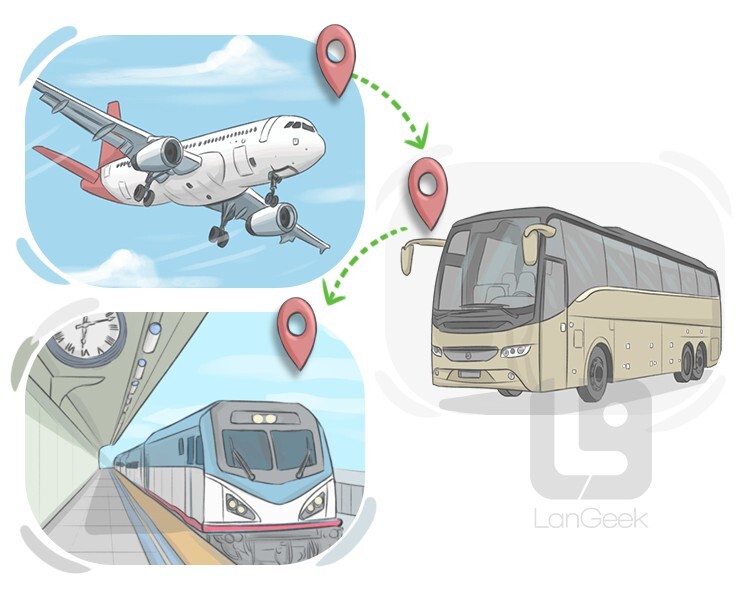

(转车)
换乘
to move from a vehicle, airplane, etc. to another in order to continue a journey
语法信息:

(立即的)
直接的
having a clear and immediate connection between two things or people, without any intermediaries
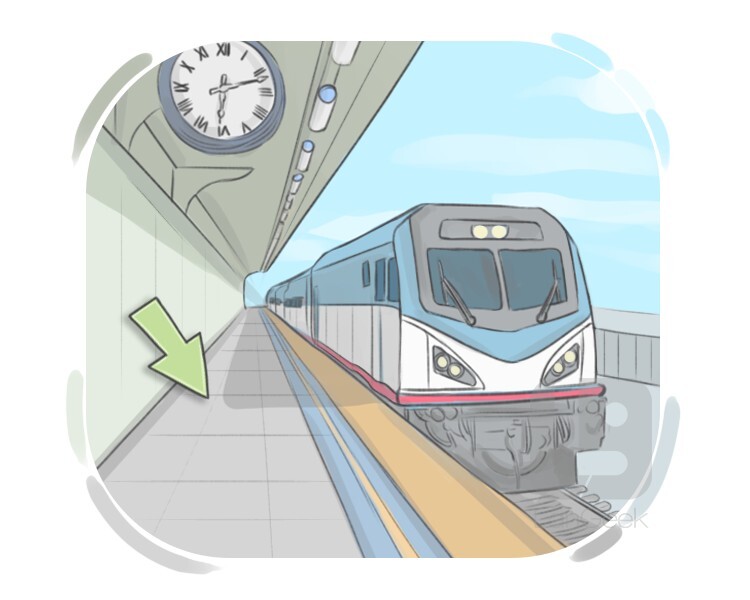

(平台)
站台
the raised surface in a station next to a railroad track where people can get on and off a train
A platform is a raised area at a train station where passengers wait to board or exit trains. It is usually next to the tracks, providing a safe space for people to stand while waiting for their train. Platforms can vary in size, from small ones at local stations to large ones at major stations. They often include features like benches, signs, and safety barriers to help guide passengers and keep them safe. Platforms are an essential part of train stations, making it easier for passengers to access trains.
语法信息:


(那儿)
那里
at a place that is not where the speaker is
语法信息:


(这儿)
这里
at a specific, immediate location
语法信息:


(预约)
预订
to reserve a specific thing such as a seat, ticket, hotel room, etc.
语法信息:


(保留)
预订
to arrange something to be kept for later use
语法信息:

(往返票)
往返
a ticket for a journey from one place to another and back again

(那里)
这里
at or to a a specific location
祝贺! !
您从36 学习了undefined 个单词。为了改进学习和复习词汇,请开始练习!
审查
闪卡
拼写
测验
